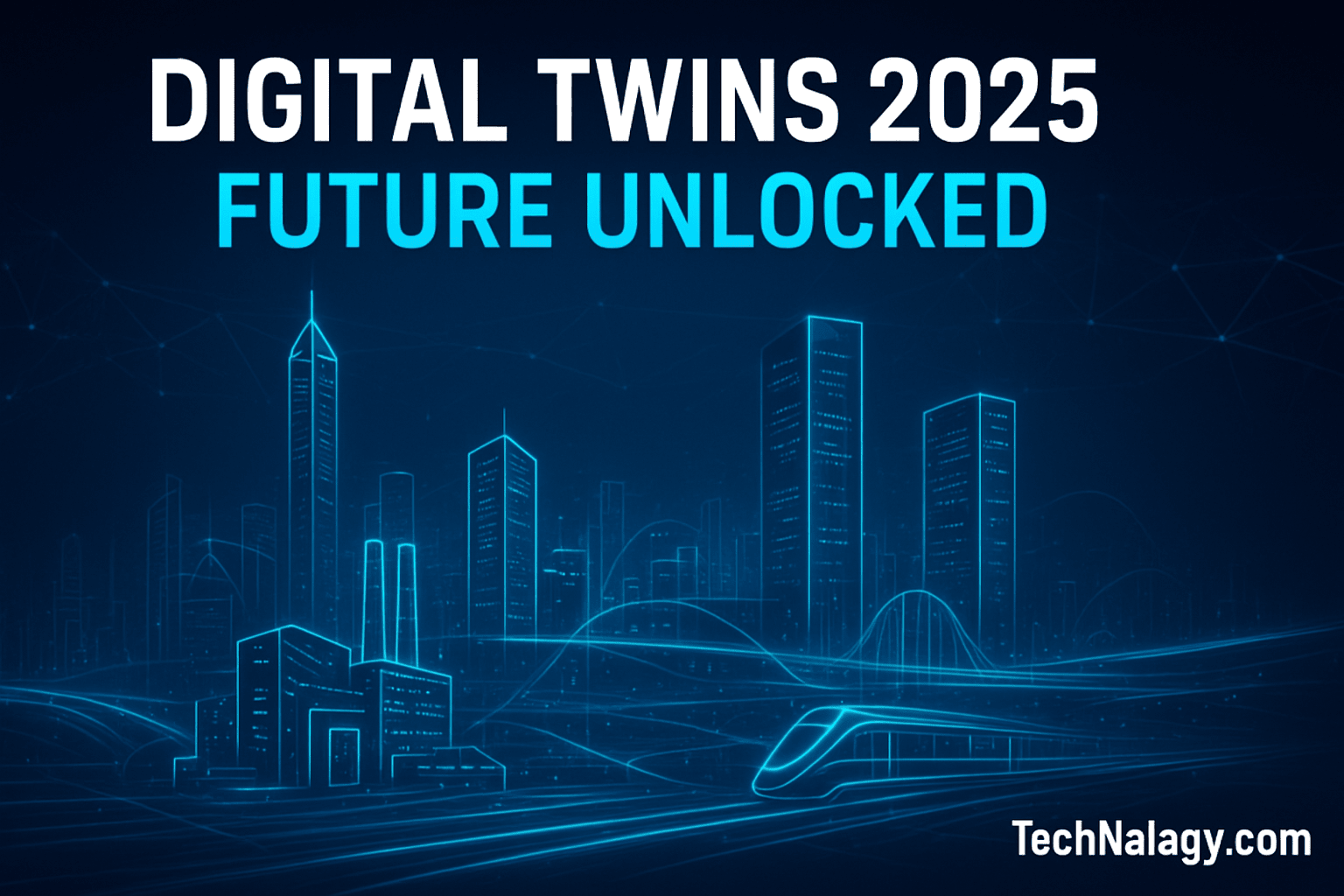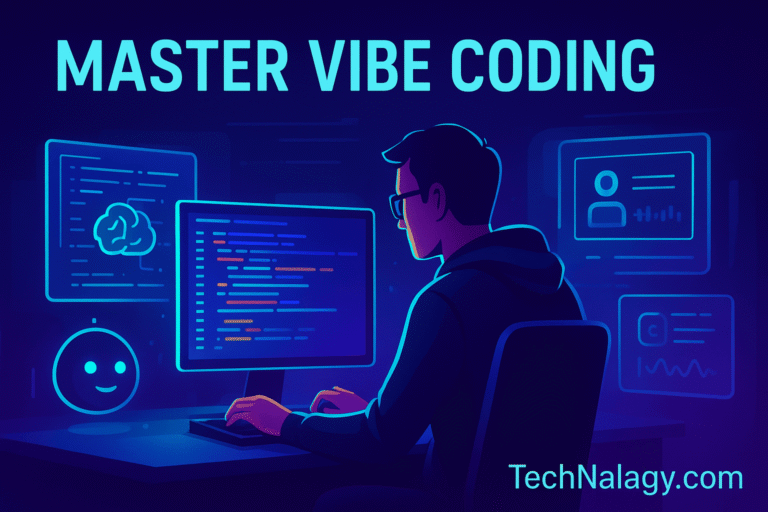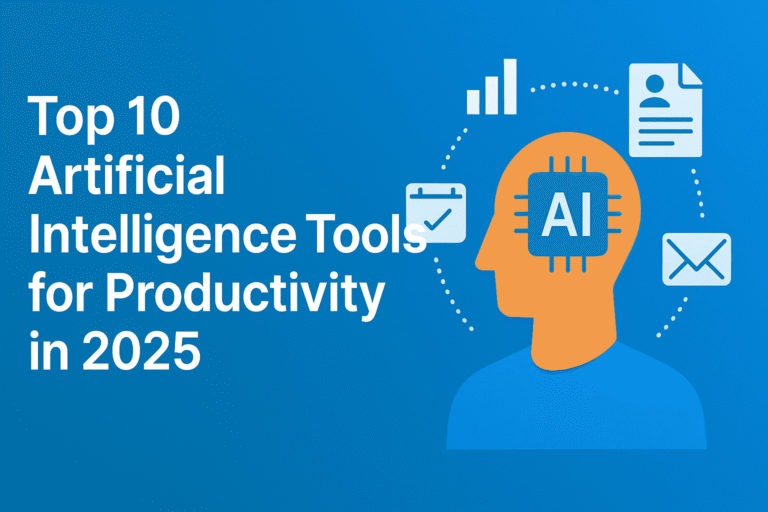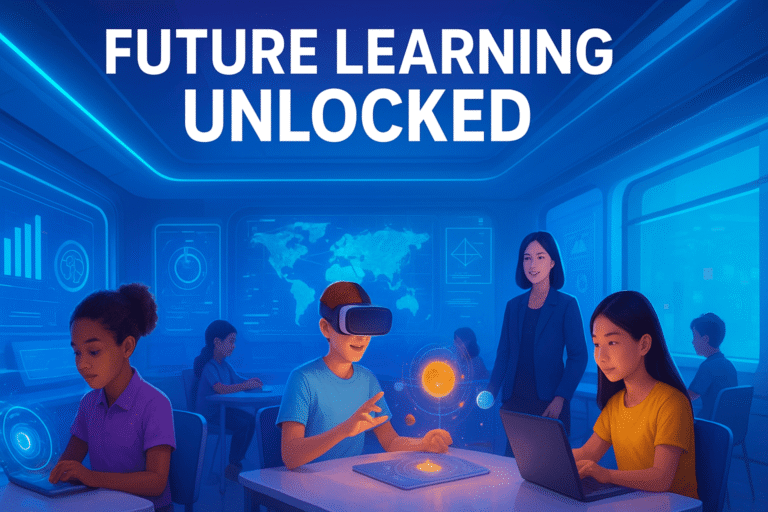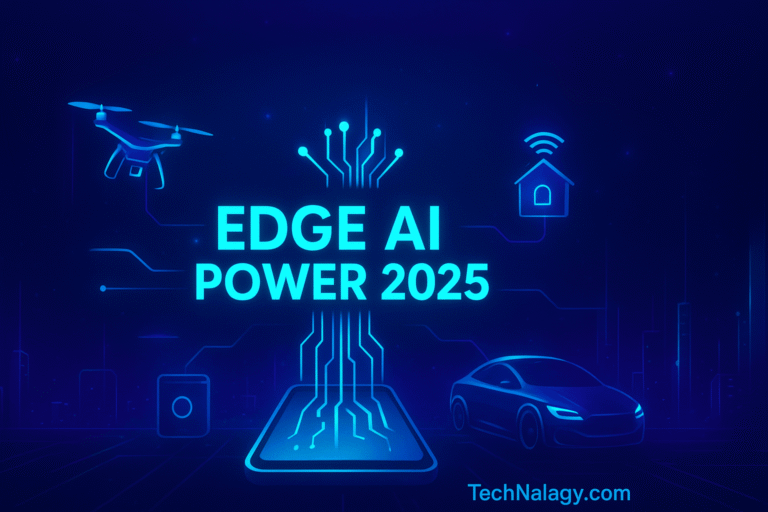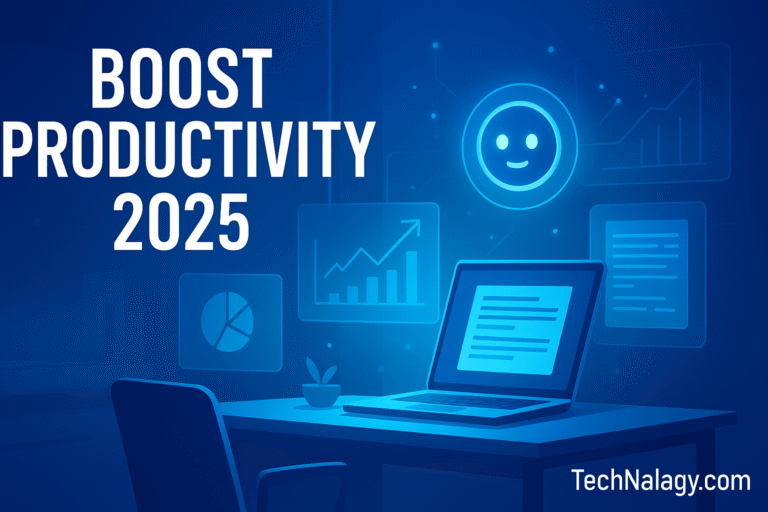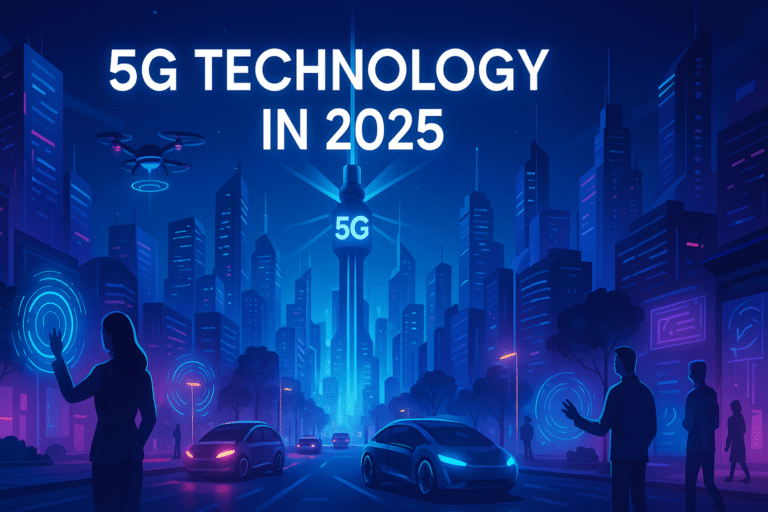Digital Twins in 2025: How Virtual Replicas Are Powering Smart Cities and Industries
Introduction: The Rise of Digital Twins in 2025
The year 2025 marks a turning point in the evolution of Digital Twins 2025, where virtual replicas of physical objects, systems, and even cities are becoming integral to modern technology. Once a futuristic concept limited to aerospace research, digital twins have now entered industries, healthcare, and smart cities on a global scale. By combining IoT, artificial intelligence (AI), big data, and real-time monitoring, digital twins bridge the physical and digital worlds.
From optimizing energy use in urban environments to predicting machine failures in industries, these replicas are transforming how we design, manage, and live. Let’s explore how Digital Twins 2025 are shaping the future of smart cities and industries with real-world applications, benefits, and challenges.
Table of Contents
What Are Digital Twins and Why 2025 Is a Breakthrough Year?
At its core, a digital twin is a virtual model of a physical asset, process, or environment. Unlike static simulations, digital twins continuously update with real-time data from IoT devices, sensors, and AI-driven analytics. This makes them dynamic, adaptive, and highly reliable for decision-making.
While the idea has existed for decades, 2025 is a breakthrough year because supporting technologies like cloud computing, machine learning, and advanced data visualization have reached maturity. The growth of smart cities and Industry 4.0 initiatives has further accelerated adoption, making digital twins not just a niche experiment but a mainstream technology.
Core Technologies Powering Digital Twins 2025
Artificial Intelligence and Predictive Analytics
AI lies at the heart of Digital Twins 2025, enabling predictive insights and decision-making. With machine learning models, digital twins can analyze patterns and forecast potential failures before they occur. For instance, factories use AI-driven twins to anticipate equipment breakdowns, reducing costly downtime and improving productivity.
IoT and Real-Time Data Integration
IoT devices serve as the lifeline of digital twins. Sensors embedded in machinery, vehicles, or city infrastructure constantly feed data to their digital counterparts. This real-time synchronization allows accurate monitoring and faster responses. For example, energy providers use IoT-enabled twins to balance electricity distribution, ensuring efficiency and reliability across entire cities.
Spatial Computing and 3D Visualization
Creating a meaningful digital twin requires advanced visualization. Here, spatial computing plays a critical role by translating physical objects into interactive 3D digital replicas. This integration allows engineers, architects, and city planners to “walk through” a project virtually before making costly real-world changes. Learn more in Spatial Computing in 2025: Trends, Use Cases, and Future Potential.
Digital Twins in Smart Cities
Urban Planning and Infrastructure
Smart cities are among the largest adopters of Digital Twins 2025. Virtual city replicas are being used to simulate traffic flows, construction planning, and emergency response systems. Urban planners can test how new roads, bridges, or metro systems will impact traffic without disrupting real-world operations.
Energy Efficiency and Sustainability
Digital twins are also central to sustainability goals. By modeling water pipelines, energy grids, and waste management systems, cities can predict inefficiencies and improve resource allocation. This concept ties closely to Ambient Intelligence and the Future of Human-Centric Technology, where environments adapt intelligently to human needs while reducing environmental impact.
Smart Homes as Micro Digital Twins
At a smaller scale, smart homes act as miniature digital twins. IoT devices track energy use, security, and comfort settings, creating household-level replicas that feed into broader smart city systems. As The Rise of Smart Homes: How AI Is Reshaping the Way We Live explains, these micro twins improve daily life while contributing valuable data to city-wide networks.
Industrial Applications of Digital Twins in 2025
Manufacturing and Industry 4.0
Factories are turning into digital-first operations thanks to Digital Twins 2025. By modeling production lines, manufacturers can run predictive maintenance, reduce waste, and optimize supply chains. For example, automotive companies use twins to simulate vehicle assembly processes, ensuring efficiency before launching new models.
Healthcare and Personalized Medicine
In healthcare, digital twins are saving lives by modeling human organs and systems. Doctors can create patient-specific replicas, such as a digital twin of the heart, to test surgical procedures before performing them. This approach reduces risks and improves treatment outcomes, paving the way for personalized medicine.
Aerospace, Energy, and Transportation
Aerospace and energy sectors are pioneers in digital twin adoption. Companies like Siemens, GE, and NASA use twins to monitor jet engines, wind turbines, and even spacecraft. Transportation networks are also being optimized with twins to minimize delays, improve safety, and cut costs.
Challenges and Concerns with Digital Twins 2025
Data Privacy and Cybersecurity
With real-time data streaming from critical infrastructure, privacy and cybersecurity are pressing concerns. Unauthorized access to a city’s digital twin could pose significant risks, making strong encryption and cybersecurity measures essential.
Cost of Implementation
While the benefits are clear, developing a full-scale digital twin can be expensive. High costs of IoT devices, cloud infrastructure, and AI integration limit adoption for smaller organizations.
Complexity and Standardization
Another challenge lies in the lack of global standards. Different industries and governments use varied frameworks, making interoperability across platforms difficult. Standardization will be key to scaling digital twins universally.
The Future of Digital Twins Beyond 2025
Looking ahead, Digital Twins 2025 are only the beginning. As AI evolves, twins will become autonomous, learning from interactions without human intervention. Integration with quantum computing will allow simulations of unprecedented scale, while neural interfaces may one day enable direct interaction between humans and their digital twins.
According to McKinsey’s explanation of digital twin technology, industries from energy to healthcare are accelerating adoption, making digital replicas a cornerstone of digital transformation. By 2030, entire cities may operate as fully synchronized digital twins, enabling sustainable, efficient, and human-centric living.
Conclusion: Why Digital Twins 2025 Will Redefine Industries and Cities
The future of industries and smart cities is being rewritten by Digital Twins 2025. These dynamic, data-driven models are enabling predictive insights, optimizing efficiency, and building sustainable environments. While challenges remain, the trajectory is clear: digital twins are not just a technological advancement but a foundational element of the next digital era.
From smart homes to global industries, digital twins are set to reshape how humanity designs, operates, and thrives in a connected world.

Kamran Khatri is the founder of technalagy.com, where he shares insights on AI, future tech, gadgets, smart homes, and the latest tech news. Passionate about making innovation simple and accessible, he writes guides, reviews, and opinions that help readers stay ahead in the digital world.

